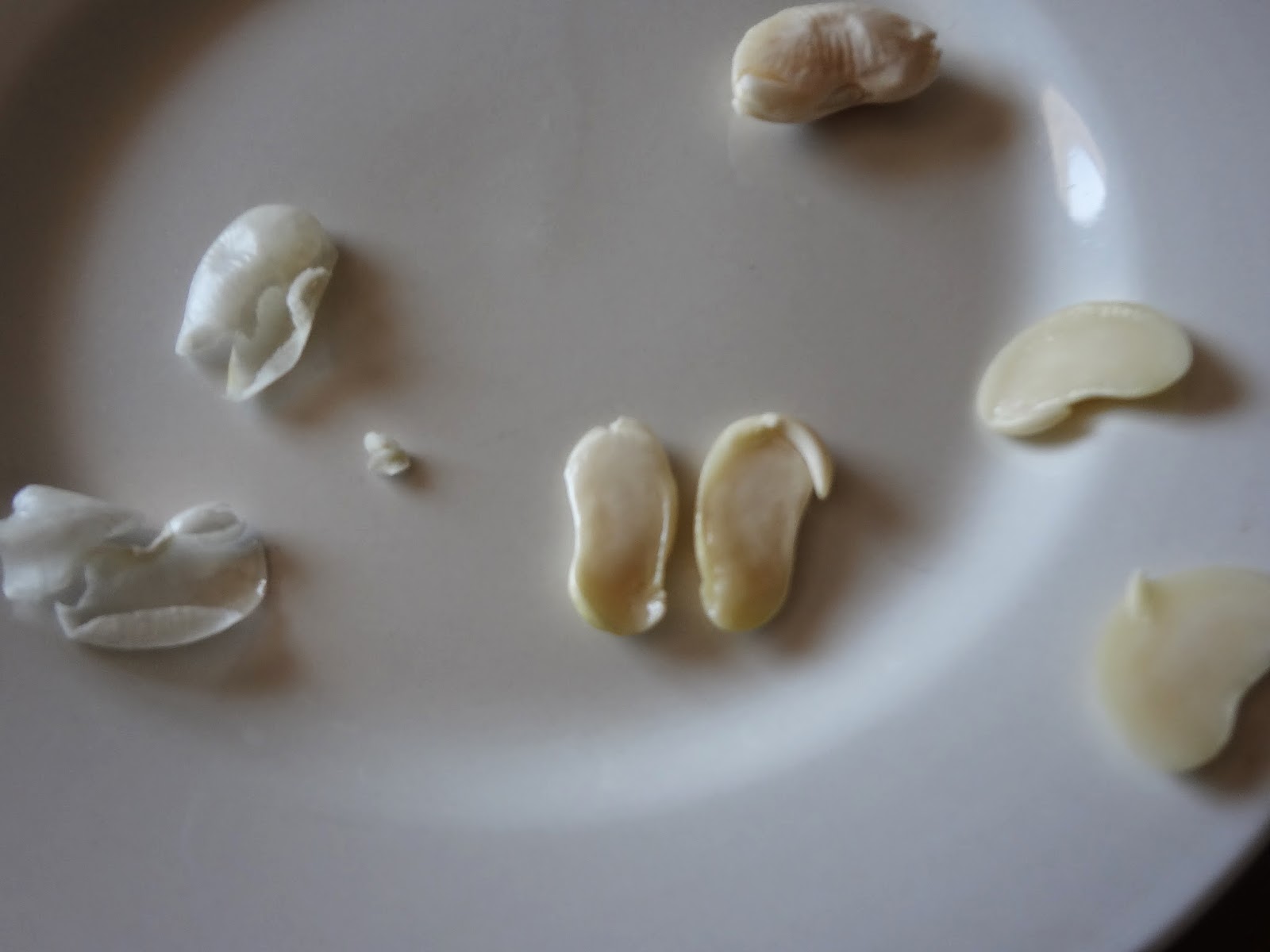In a previous ward Joshua had a sunbeam teacher who was fantastic. She used to teach for Challenger School here and she also just happens to have extensive knowledge and interest in the Celts (and as it turns out Native Americans as well so we might use her again!). I asked her about a month ago or so if she would be interested in sharing some her interest with the kids when we learned about the Celts. She was so wonderful. She brought a dagger, some hand woven wraps, a few brooches, a drum, a blackthorn bush stick, a miniature Stonehenge (Joshua felt the need to point out to her that Stonehenge was built BEFORE the Celts, but I reminded him that it was still there at the time of the Celts and the Druids probably used it too), a small iron cauldron, a picture of the nature god of the Celts, can't remember his name, and a few books that were really fun to look at. She was so good about letting the kids touch everything which they did the entire time, but they also listened and learned a lot. Oh yes, she also brought dried out bog peat! So weird, that stuff! The kids learned a lot of new things and really reinforced the things we had already talked about. Some things I didn't know was that the blue ink they used to tattoo themselves was from a plant called woad, and they used to use water and lime to make a paste and give themselves crazy wild spiky hair to scare off their opponents. It was really interesting. She also brought a print out of another Celtic knot for the kids to color, which of course they loved. She was there for about 1 1/2 hours! It was wonderful. I love this guest teacher thing!
She had also recommended a site to me for more information for the kids and I found this one at http://www.bbc.co.uk/wales/celts/ which the kids have devoured! Joshua even exclaimed that it was better than Wild Kratts! They keep playing the little games and printing out more pages to color. Joshua liked outfitting the fierce warrior and Abigail enjoyed designing her own torc.
She had also recommended a site to me for more information for the kids and I found this one at http://www.bbc.co.uk/wales/celts/ which the kids have devoured! Joshua even exclaimed that it was better than Wild Kratts! They keep playing the little games and printing out more pages to color. Joshua liked outfitting the fierce warrior and Abigail enjoyed designing her own torc.


























































